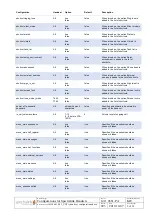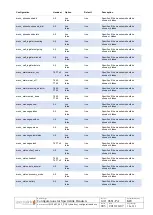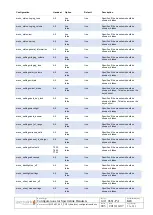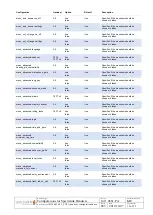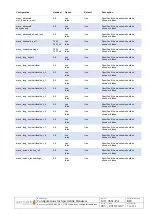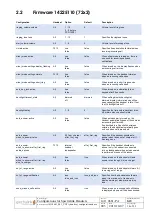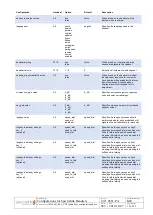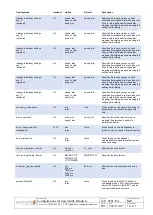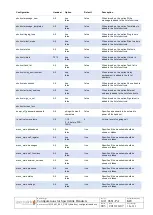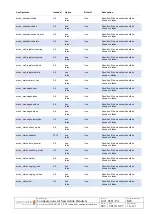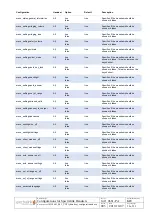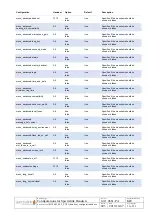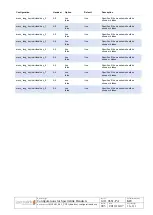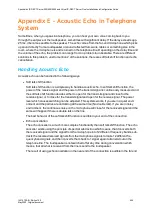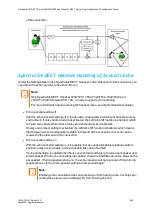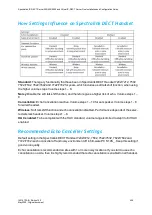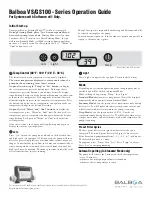
14215700-IG, Edition 15.0
May 2020, Original document
454
Appendix E - Acoustic Echo in Telephone
System
Sometimes, when you speak in a telephone, you can hear your own voice coming back to you
through the earpiece or the loudspeaker, sometimes with significant delay. If the delay exceeds app.
25 ms. it becomes audible to the speaker. The echo comes from the far-end microphone which picks
up sound directly from a loudspeaker or sound reflected from walls, tables or something else in the
room, where the microphone is and returned on the telephone line. Depending on the delay time and
the volume of the echo, the problem can range from no problem to unbearable. There are different
solutions to this problem. Just to mention 2 of the solutions, there are soft talk shift function and echo
cancellation.
Handling Acoustic Echo
Acoustic echo can be handled in the following ways:
l
Soft talk shift function
Soft talk shift function is a simple way to handle acoustic echo. In soft talk shift function, the
power of the receive signal and the power of the transmit signal is continuously measured, and
the soft talk shift function decides either to open for the transmit signal and close for the
receive signal, or to close for the transmit signal and open for the receive signal. The power
level which causes switching can be adjusted. This system works, if you are in a quiet envir-
onment and the parties are not talking at the same time (No double talk). If you are in noisy
environment, the continuous noise on the microphone will close for the received signal and the
same will happen if there is double talk on the line.
The bad behavior of the soft talk shift function is audible in your end of the connection.
l
Echo cancellation
The echo canceller is a much more complex functionality than soft talk shift function. The echo
canceller works using the principle of spectral subtraction which means, that it converts both
the received signal and the signal from the microphone into 12 different frequency bands, sub-
tracts the rescaled received signals from the microphone signals to make 12 different fre-
quency band signals, and then converts them back to 1 signal again to transmit out on the
telephone line. The loudspeaker is not switched off at any time during conversation which
means, that all what is received from the line is send to the loudspeaker.
The result of using echo cancellation in the near end of the connection is audible in the far end
Spectralink IP-DECT Server 200/400/6500 and Virtual IP-DECT Server One Installation and Configuration Guide

